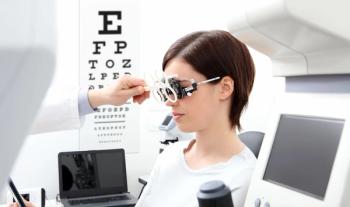
- March/April digital edition 2025
- Volume 17
- Issue 02
What to keep in mind when diagnosing and treating glaucoma
Knowing the truths concerning patient adherence and history and visual field tests can make a difference in care quality.
I love that we call our businesses practices. I love that we call it practicing. I’m big on semantics and will debate them with you ad nauseam. Our clinical lifetimes are lifetimes of practicing what we do, and it takes practice. With that notion in mind, this issue’s column will be comprised of several facts about glaucoma that I have picked up along the way.
- Your patients are not taking their medications like they say they are. Neither are mine. Adherence issues are at or near the top of avoidable barriers to proper glaucoma treatment. I will not bore you by rattling off study after study, but a simple search of the world’s peer-reviewed literature will yield substantial evidence supporting the fact that adherence remains an issue. For this reason, I have gotten away from adding a third drop to a patient’s regimen. Adherence tends to go down significantly when that third drop is added. I typically consider a prostaglandin analogue or facsimile thereof at night and a combination drop twice a day for maximum medical therapy. If the target IOP is not achieved, we are heading toward a consultation for selective laser trabeculoplasty (SLT) and/or minimally invasive glaucoma surgery. More on this later.
- Visual field studies stink. They always have, and they always will. However, I do not foresee a time in my clinical lifetime when we are not performing them. Patients are either trigger-happy or asleep at the wheel. Furthermore, there is no holy grail visual field analyzer for all stages of glaucoma. Yes, frequency-doubling technology does seem to pick up glaucomatous defects earlier at times. However, there is no visual field analyzer that is optimal for all stages of glaucoma. With that said, as much as visual field studies stink, they need to be repeated. If you take nothing else from this column, remember to repeat the visual fields study. Reliable and repeatable defects are part of what drives treatment in one direction or another.
- A decent number of patients with glaucoma—even younger ones—will present with normal IOPs. In fact, the contemporary definition of glaucoma does not mention IOP. It’s just a risk factor (thankfully, a modifiable one because it is the No. 1 risk factor). When a teenager comes in with suspicious optic nerve heads and IOPs of 11 mm Hg, a workup is still necessary. You are getting a snapshot of that patient’s IOP throughout the course of a day. I am not saying you need to spend the day with that patient, but I am saying you should consider bringing the patient back at a different point in the day over several visits to perhaps detect an overall trend. One IOP reading does not make or break a glaucoma diagnosis, regardless of patient age.
- There will be patients with glaucoma whom you do not treat. I can promise you that. I have one patient who had to take a lot of prednisone over the course of her life. When she had a curative surgical procedure, she no longer needed steroids. Another optometrist referred her to me as suspicious for glaucoma, and I am convinced that she was a steroid responder and acquired moderate glaucomatous damage from it. Her IOPs are low, and results from serial visual field studies, optical coherence tomography studies, and optic nerve evaluations have shown no progression. I eventually went from seeing her every 3 months to every 6 months and have been doing so for 12 years now.
- Patient history is as important as they taught you it was in optometry school—maybe even more so. Some favorite questions of mine that I always ask during an examination are the following: Do you get headaches around your eyes (IOP spiking)? Do you ever see halos around lights (transient angle closure)? Did you ever get really sick in the past and require hospitalization or coma (history of hemodynamic crisis)? Did you ever have to take steroids for an extended period (this damage may be old news)? Do any of your blood relatives have glaucoma? That last one requires a follow-up question if the answer is yes. I want to know about a family history of glaucoma, but I also want to know how that family member is doing. A grandfather who takes a prostaglandin analogue, lives independently, and has great vision represents a much different scenario from a sister who has to hold onto walls to get around. That follow-up question will likely play a role in your treatment of the patient.
- Finally, put yourself in your patient’s shoes. Since I have started to make a concerted effort to do this, it has changed my perception of myself—specifically my delivery of information. I have also asked myself what I would do if I found out that I had glaucoma, and the very likely scenario is that I would be in line for SLT. I would want to avoid medical therapy if at all possible. This (thankfully) hypothetical question has garnered more support over the past few years, as we now have good evidence that SLT is safe, effective, and cost-effective when compared with medical therapy (insert plug for state political action committee contribution here).
This list is intended to be progressive in nature. Help me add to it! What tangible information have you picked up along the way? Let’s compare and contrast with the goal of advancing the collective consciousness surrounding glaucoma.
Articles in this issue
7 months ago
A closer look at periorbital allergic dermatitis7 months ago
The contact lens follow-up factor7 months ago
The value of innovation in controlling myopia7 months ago
Addressing the root cause of dry eye diseaseNewsletter
Want more insights like this? Subscribe to Optometry Times and get clinical pearls and practice tips delivered straight to your inbox.


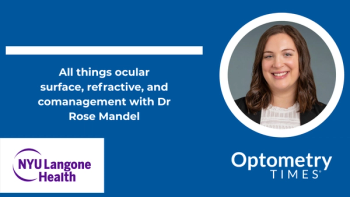
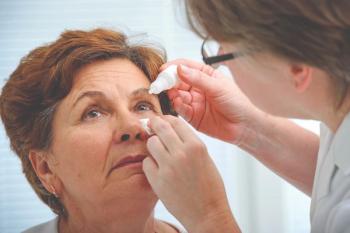
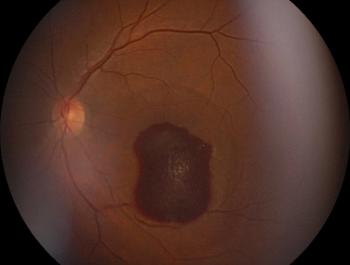
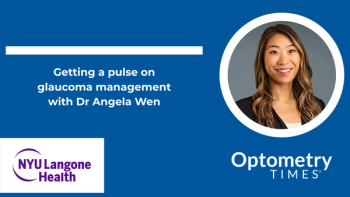














































.png)


